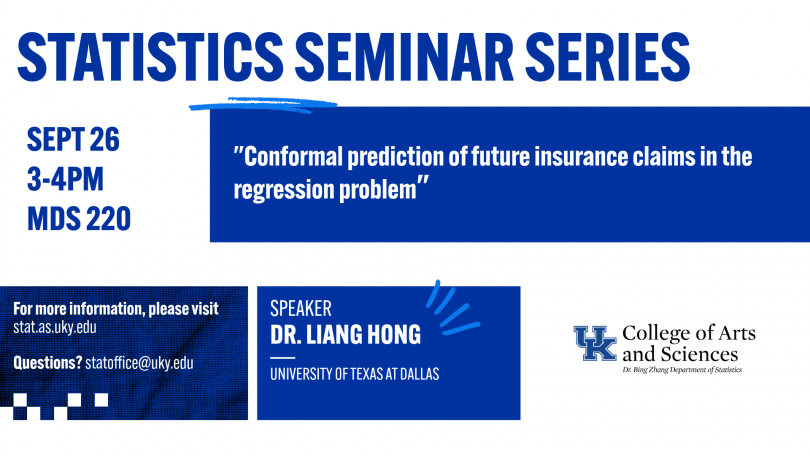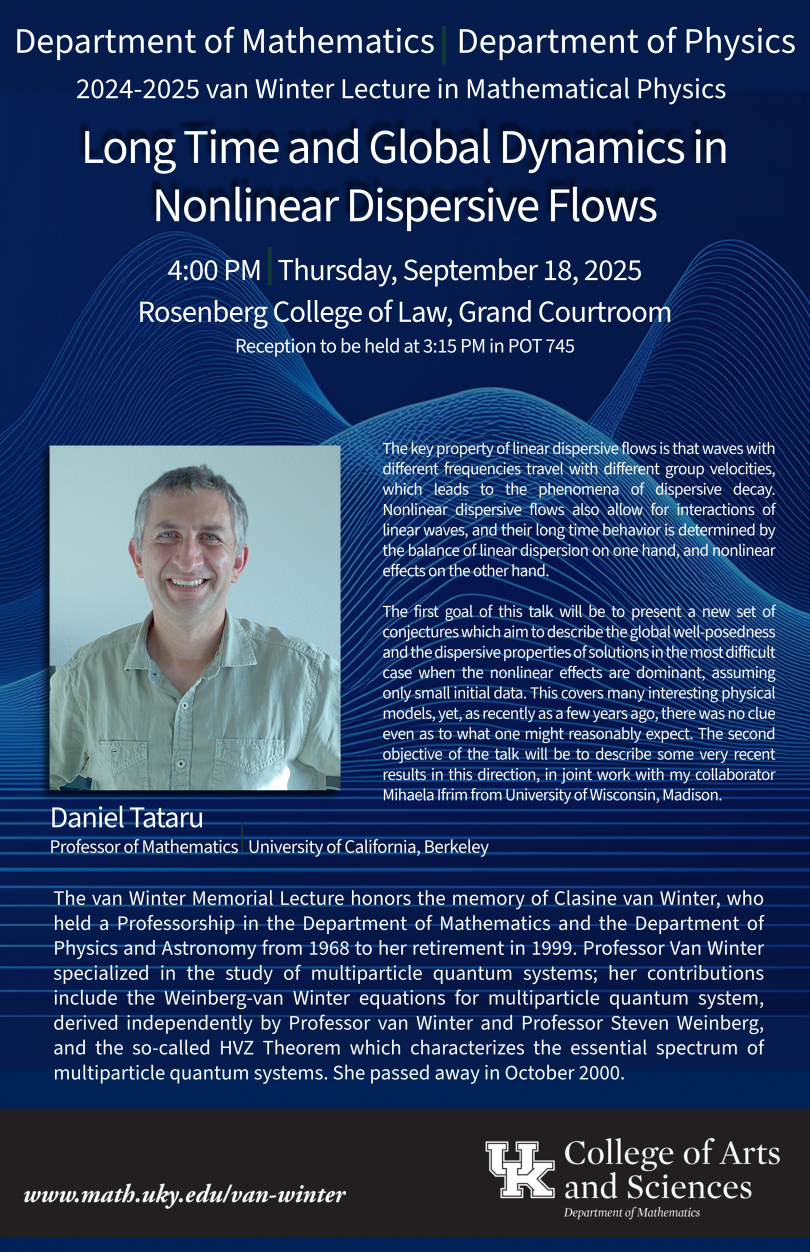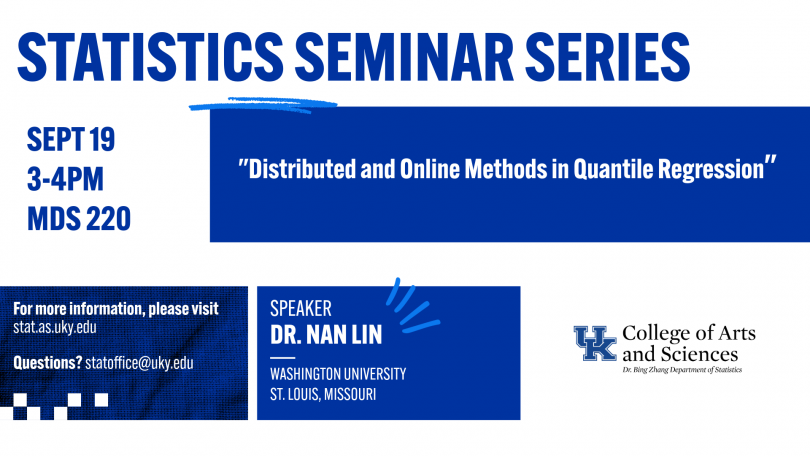Arts and Sciences welcomes new faculty (2025-2026)
Physics & Astronomy Astro Seminar
Title: How "Little Red Dots" Broke the Universe (and how we're unbreaking it)
Abstract: One of the biggest mysteries of the early era of JWST's operation has been "Little Red Dots," compact sources with strange V shaped spectral energy distributions and broad emission lines. These sources have been incredibly hard to model, and over the course of three years, leading theories have ranged from over-massive galaxies that assembled Milky Way levels of stellar mass in the first Gyr of cosmic time to over-massive active galactic nuclei that defy models of black hole assembly. I will walk through the brief history of discover in this sources, demonstrating how we have slowly been getting closer and closer to understanding them by leveraging JWST, ALMA, and several other observatories to constrain their panchromatic spectral energy distribution. I will discuss our current best understanding of these sources, and how we might move forward to incorporate them into our picture of galaxy and black hole assembly.
Physics & Astronomy Colloquium
Dr. Daniel Tataru, University of California, Berkeley
Title: Free boundary problems for Euler flows
Abstract: Free boundary problems are very interesting but also very challenging problems in fluid dynamics, where the boundary of the fluid is also freely moving along with the fluid flow.
I will discuss two such models, governed by the compressible, respectively the incompressible Euler equations, including also MHD flows. This is joint work with Mihaela Ifrim, and in part with Benjamin Pineau and Mitchell Taylor.
Statistics Seminar
Title: Conformal prediction of future insurance claims in the regression problem
Abstract: In the current insurance literature, prediction of insurance claims in the regression problem is often performed with a statistical model. This model-based approach may potentially suffer from several drawbacks: (i) model misspecification, (ii) selection effect, and (iii) lack of finite-sample validity. This article addresses these three issues simultaneously by employing conformal prediction-a general machine learning strategy for valid predictions. The proposed method is both model-free and tuning-parameter-free. It also guarantees finite-sample validity at a pre-assigned coverage probability level. Examples, based on both simulated and real data, are provided to demonstrate the excellent performance of the proposed method and its applications in insurance, especially regarding meeting the solvency capital requirement of European insurance regulation, Solvency II.

2025 van Winter Lecture in Mathematical Physics

Welcome Class of 2029: leaders, innovators and problem solvers take their first steps into a bright future.
By Francis Von Mann
LEXINGTON, Ky. (September 3, 2025) - The energy on campus is palpable. Every fall, new Wildcats arrive from across the Commonwealth and beyond to begin a new chapter in Lexington.
Statistics Seminar
Title: Distributed and Online Methods in Quantile Regression
Abstract: Quantile regression offers a versatile framework for modeling heterogeneous effects, but modern big data present significant computational and methodological challenges. This talk will trace a line of research on distributed and online approaches for quantile regression and related problems. In this talk, I will discuss a sequence of developments in distributed and online approaches for quantile regression, drawing connections to both classical estimation strategies and more recent advances in causal inference. I will highlight key ideas, recent progress, and future directions, with an emphasis on algorithmic insights and their relevance for large-scale applications.

